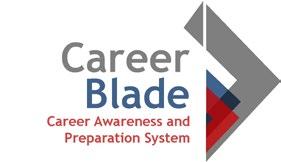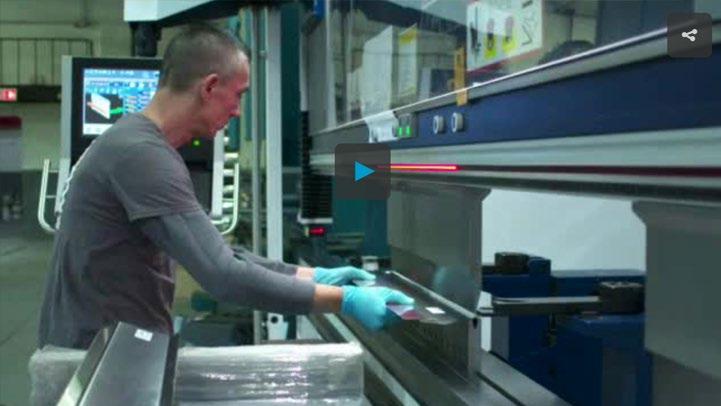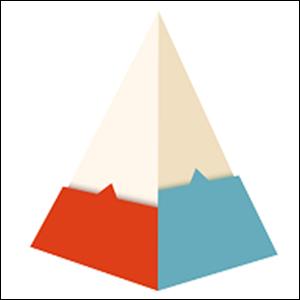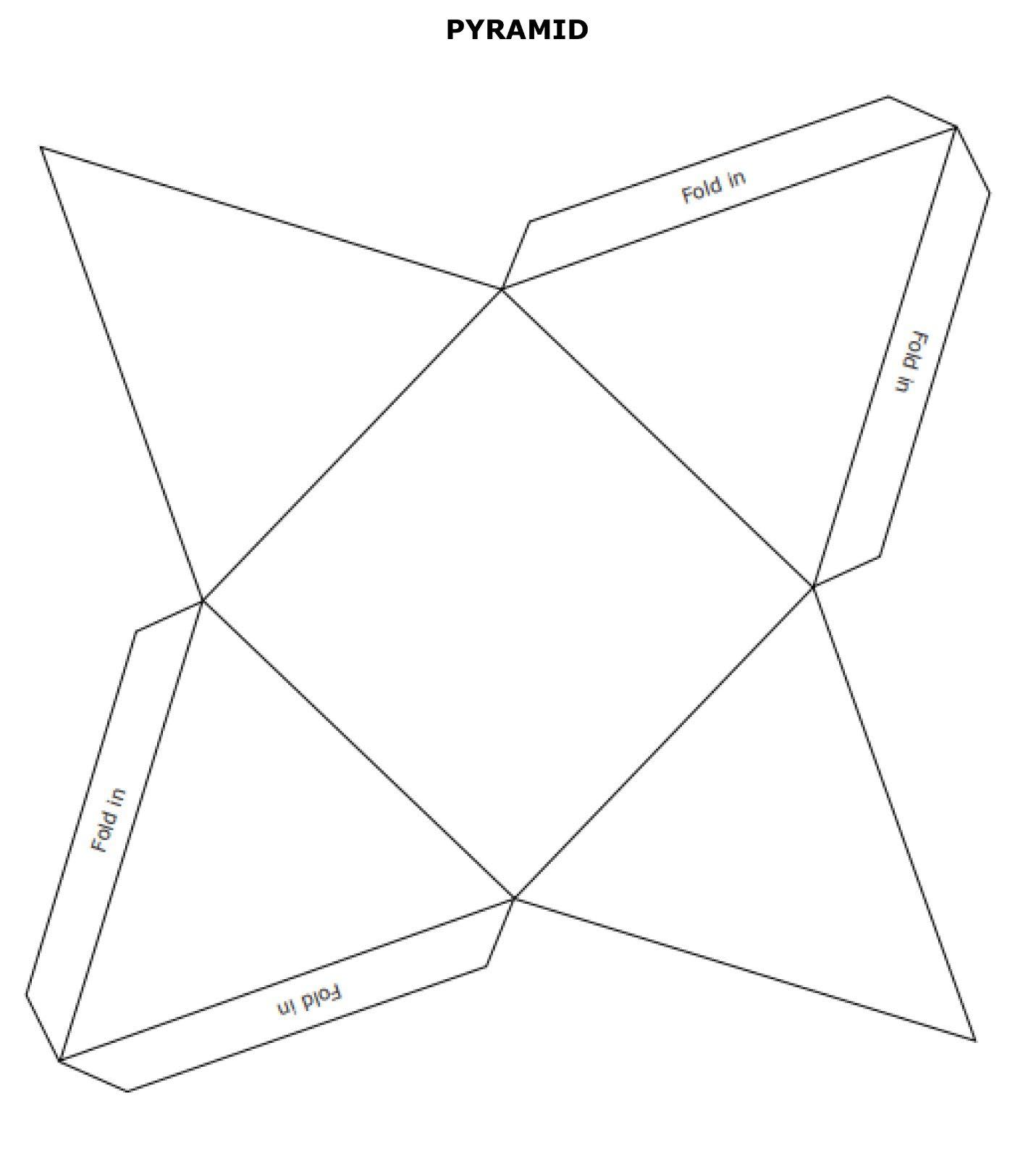CNC OPERATOR/MACHINIST: CREATING SHAPES



LESSON PLAN OVERVIEW
Career: CNC operators or machinists use machines to cut, grind, or drill into metal, plastic, or other materials to make parts, tools, or products that are used in making things
Lesson: This lesson plan highlights some of the basic skills a machinist uses to create parts and products and gives students an experience of creating a product from clay.
Grade Level: Elementary Grades
Learning Objectives:
〉 Students will explore the career of a machinist and how they program machines to create a part or tool.
〉 Students will learn about shapes by creating a paper model of a cube or pyramid.
〉 Students will create a cube or pyramid by adding or subtracting clay to learn the concept of additive vs subtractive manufacturing.
〉 Students will gain a basic insight into the CNC operator/machinist career through the lesson activities.

〉
#2: Creating a Product
〉 Student worksheet
〉

TEACHER GUIDE
Lesson Instructions: This lesson plan will help you introduce some of the skills and procedures used by CNC (computer numerical control) operators/machinists. Begin the lesson by reading the Class Message below to your students, then have them watch the recommended Video Introduction. Afterwards, facilitate a discussion with the Class Questions listed below.
After the discussion, students will work on two activities. Each activity has a printable worksheet with student instructions and areas to record their work. Review the worksheets with students before beginning each activity to ensure they understand what to do. At the end of each activity, facilitate a discussion of the activity using the recommended questions.


Class Message: Today we are going to learn about machinists and what they do at work Machinists run machines to make things from metal, plastic, or wood. Some of the things we have in our classroom were probably made by a machinist. We will complete two activities to learn about the job of a machinist. We’ll learn about shapes and make a shape out of paper Then we’ll make a shape out of clay by adding or removing clay to create the shape. This is similar to what machinists do, but they use metal, plastic, or wood instead of clay. They remove material to make something by cutting or shaping it.
Now let’s watch this video to learn more about a CNC Operator/Machinist career CNC Operator/Machinist (http://tn-caps.com/r/K2VCM)



Class Discussion Questions:
〉 What toys do you have at home that might have been made by a machinist? Response Suggestions: toys made from hard plastic or metal (i.e., toy car)
〉 What items in the classroom might have been made by a machinist? - Response Suggestions: school supplies made from hard plastic or metal (plastic supplies box, magnetic numbers and letters), furniture hardware, desks.
Activities Overview: This lesson plan includes two student activities. In Activity #1, students will learn about shapes and will create a cube or pyramid model out of paper. In Activity #2, students will identify the shape and count each side of the shape
Read and familiarize yourself with the student worksheet for each activity

Activity #1: Learning About Shapes
In this activity, students will learn about shapes and create a cube or pyramid model out of paper. Students will also identify the shape and count each side of the shape.
Activity Instructions:
〉 Hand out the student worksheet.
〉 Provide supplies needed for activity.
〉 Facilitate an introduction of the activity.
〉 If needed, walk students through the activity steps
〉 After completion, facilitate a discussion of the questions for the activity.
Activity Results: Students learned about different shapes by creating a cube or pyramid using pre-printed images. Students also counted the sides of the shapes.
Activity Discussion:

〉 Can you think of any things that are shaped like a cube or pyramid? Sample answers may include: Cube - building blocks, dice, ice cube, cardboard box. Pyramid – camping tent, Egyptian pyramid.
〉 What other shapes have you seen? Sample answers may include: circle, square, rectangle, triangle, etc.
〉 What did you learn in this activity? Sample answers may include: learned about shapes - a cube and pyramid, how to make a cube and pyramid out of paper, how a machinist creates something.
〉 Could a machinist make a cube or pyramid? Would they make it out of paper or something else? Sample answers may include: Machinists make shapes out metal, wood, or plastic.


Activity #2: Creating a Product
In this activity, students will create their shape using clay. Students will practice additive and subtractive manufacturing at a basic level by adding or removing a material, clay, to make a product.
Activity Instructions:
〉 Hand out the student worksheet.
〉 Facilitate an introduction to the activity
〉 Provide supplies needed for activity. See the Materials Needed section.
〉 Facilitate the suggested discussion questions for this activity
Activity Results: Students created a product of their shape by adding or subtracting the clay. This exercise helped demonstrate the concept of additive and subtractive manufacturing.
Activity Discussion:

〉 How did you use the clay to make your shape? - Sample answers may include: I used my hands to create the shape; I had to add or remove some of the clay to create the shape; I used a plastic tool to cut the clay.
〉 What steps did you take to make your shape? - Sample answers may include: I rolled the clay into a ball and then flattened the sides; I squeezed the clay in my hands to make it soft, then made my shape; I rubbed my hands on each side to make the shape.
〉 Did you have to add more clay to make your shape? If so, why? Sample answers may include: I didn’t have enough clay; I wanted to make my shape bigger.
〉 Did you have to remove any clay to make your shape? Sample answers may include: I wanted to make it smaller; I had to cut the clay to make the right shape.
〉 How do you think this activity is like what a machinist does? - Sample answers may include: They make things, too; They remove material to make things.
〉 How is making shapes with clay different from what a machinist does? Sample answers may include: They make things out of metal or wood or plastic; They use machines to help them make shapes instead of their hands.


CAREER INSIGHT
Career Highlight: This lesson plan highlights some of the basic skills and concepts a CNC operator/machinist uses daily to create parts and products. See the Employers in My Area section to contact businesses and organizations in your area about classroom demonstrations, on-site visits, or other additional career exposure opportunities
Featured Career:
CNC Operator/Machinist
Career Description: Computer Numerical Control (CNC) Operators/Machinists set up and operate a variety of computer-controlled and mechanically-controlled machine tools to produce precision metal, plastic, and other materials to make parts, instruments, and tools.

CNC Operators/Machinists typically do the following:
〉 Read blueprints, sketches, or computer-aided design (CAD) and computer-aided manufacturing (CAM) files
〉 Set up, operate, and disassemble manual, automatic, and computer numerically controlled (CNC) machine tools
〉 Align, secure, and adjust cutting tools and workpieces
〉 Monitor the feed and speed of machines
〉 Turn, mill, drill, shape, and grind machine parts to specifications
〉 Measure, examine, and test completed products for defects
〉 Smooth the surfaces of parts or products
〉 Present finished workpieces to customers and make modifications if needed.
Other Names for this Career: CNC Tool Operator, Brake Press Operator, Machinist, Machine Operator, CNC Lathe Operator, CNC Mill Operator, CNC Set-Up and Operator, CNC Machinist, CNC Machine Operator











